Featured Posts
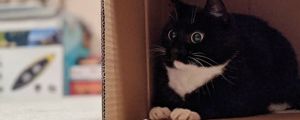
I wish I had a fort
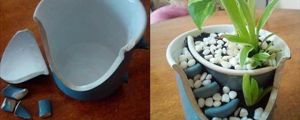
The powerof positive thinking

NASA

Pray for Australia

Take care of each other
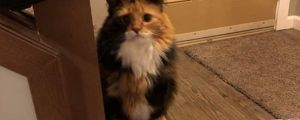
She has emerged
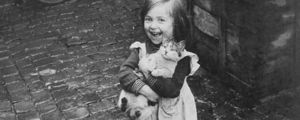
My soul feels so much better
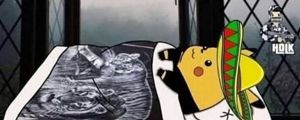
I just ordered one. #Just2019HispanicThings
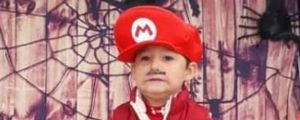
He really wanted his photo at the Halloween party, but was super scared of the spiders

The Only Thing More Contagious Than COVID19 Might Be This Fox's Smile
About
FAQ
Contact
Rules
Terms
Privacy
Feedback
Keyboard Shortcuts:
Previous Post · Next Post · + CTRL Skip Post
Previous Post · Next Post · + CTRL Skip Post
© 2025 FunSubstance · funny and entertaining pictures, memes, gifs & videos.
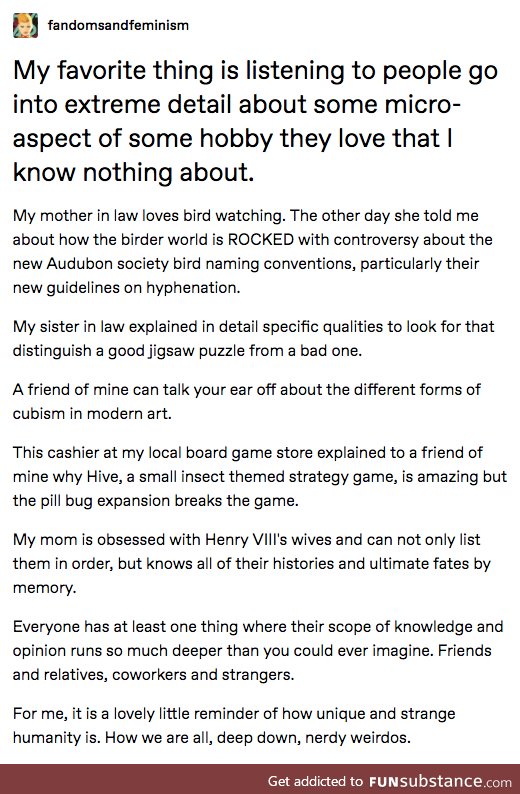


What are yours?
D'you prefer the Myers-Briggs or the Big 5?
Are you a blank slater or a structurist in terms of human behaviour and belief?
Mostly stuff in game, whether it be lore, my memories of it, upgrades, bosses, the story, etc
2. Wisdom teeth: some have 4, some 3, some 0 (prior to any surgical removing obv), we're loosing them because we don't need to eat really hard food such as raw meat or the occasional tree bark anymore. A remnant sinew in the wrist: we don't climb trees as adults :'( and even some "abnormalities" like a friend of mine was born with a temporal hole_bc
3. I lied I can't do this in less than 4 hours and 5 pages.
4. Water was brought up from a giant well thanks to a noria (=giant elliptic wheel covered in buckets, activated by donkeys or slaves) and the hypocaust was a heating method that used a fake floor. Under it was a fire, and the heat was conducted up the walls because the walls were hollow, but still stable thanks to the use of tegulae mammatae (="tile with nipples", I don't make the names). The nipples were there for structure, but there was enough space between them for the heat to go up.
,
I like this random stuff, so I'll contribute too. Steven Johnson wrote How We Got To Now. I really recommend it if you like learning a lot about random stuff. Example:
,
26 million years ago, in the Lybian desert, something crazy happened. We don't know what, but we do know it changed a bunch of silicon dioxide from solid crystals to a weird not-solid not-liquid state. The whole stretch of desert was a shimmering sheet of glass.
,
Ten thousand years ago, give or take, humans started wandering through there and becoming obsessed with it. King Tut had a scarab beetle with a silver of this glass set in it.
,
The Romans figured out how to make vaguely translucent, brownish window panes the stuff, as well as drinking vessels and bottles to hold wine. Not much happened for a while.
,
When Constantinople was sacked in 1204, a small community of glassmakers fled in a panic. They ended up...
,
Information spillover stated happening between all these glass makers and something crazy happened. Glass got WAY better. It finally became clear as crystal. Ever heard of Murano glass?
,
We don't know when, but sometime in the next hundred or so years, monks started wearing glass disks on their eyes to facilitate reading manuscripts. Slowly, other literate people wanted spectacles and they gained popularity.
,
Guttenberg came along in the early 1400s and adapted an old wine press with moveable type and created the first "printing press" and then everyone wanted spectacles.
,
Once more clear glass was available and cheaper, scientists started experimenting with..
,
I love how chain reactions of shared knowledge can spiral bigger and bigger and change everything.
,
Now we know how to spin clear glass into long, fine strands and encode massive amounts of data on it. Fiber optics is the only reason people from the US, Canada, South Africa, the UK, France, Japan, and more, are all comfortably sitting on this thread, chatting and sharing our random experiences and interests. <3
Edit: Found the book thanks to the attack on Constantinople and a few other stuff :D
But I do.